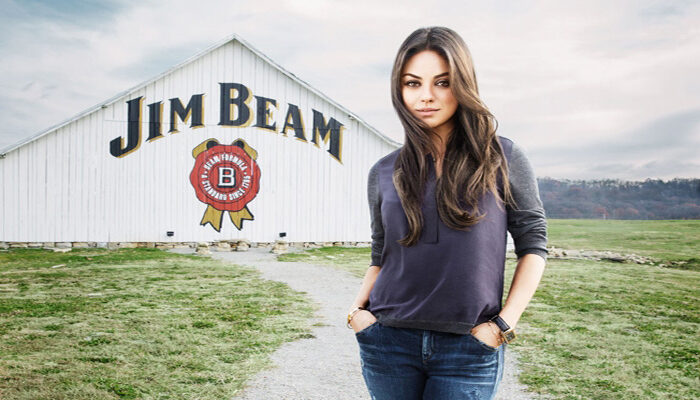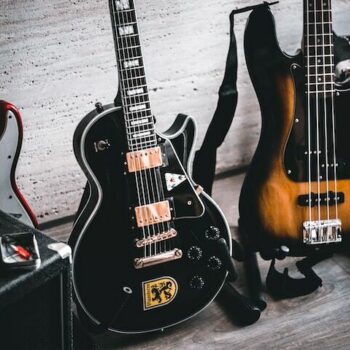Women and Whiskey
Marketing whiskey to women has been a rocky road. And when we say “rocky” we mean “frowned upon for decades.” Check out this excerpt from Fred Minnick’s Whiskey Women: “In a November 1958 edict, the Distilled Spirits Institute (now the Distilled Spirits Council of the United States) told its membership: ‘In no instance, may women be shown holding a drink in an advertisement and no illustrations of women unless they are dignified, modest, and in good taste.’ But as the woman’s role changed in the American household and beer created stellar television ads that cut into whiskey’s market share, the spirits industry knew it needed to update its advertising methods.”
Still, “updating its advertising methods” didn’t happen until 1987, when the Distilled Spirits Council lifted the ban it had implemented on its members, therefore blessing the advertisements that featured women holding drinks.
Did you catch that? 1987. That means that women had been able to vote for 50 years prior to being able to hold a drink in an ad without causing the Council to cringe.
Consequently, when Jim Beam purchased Skinnygirl Cocktails in 2011 and began looking toward a female target market, the circulating articles all said things like “After 216 years of marketing to men …” and “Having spent 216 years catering to guy’s guys … .” To which our response is no joke! What option did they have if they couldn’t even put a glass of whiskey in a woman’s hand until the last fifth of that 216-year run?
Petty grievances aside, Jim Beam’s foray into marketing spirits to women is one that has propelled the company and its drink to the forefront. And what follows is how it went down.
In 2009, the company found that its masculine-branded Red Stag product was being largely consumed by women. So in 2011, it bought Skinnygirl Cocktails, a genius brand that was successfully targeting a gaping hole within the market by marketing low-calorie cocktails to the female demographic. Skinnygirl’s sales exploded, thus allowing it to become the “fastest growing brand of spirits in the U.S.” and to rake in gobs of cash. But Jim Beam didn’t stop there; it knew that while some women like feminine drinks, there are also women who like their whiskey neat.
Typically pigeonholed as vodka or wine drinkers, women continue to evolve. Vodka sales are slowing, whereas whiskey sales are flourishing. NPR explained: “Back in the 1990s, only about 15 percent of whiskey drinkers were female. Now, according to Fred Minnick, author of Whiskey Women, women represent 37 percent of whiskey imbibers in the U.S.”
On top of this, you have groups such as The Whiskey Women and Women & Whiskies. So Jim Beam’s most recent strategy has been to team up with actress Mila Kunis — a woman who is respected and adored by men and women alike. And a woman who likes her bourbon straight.






